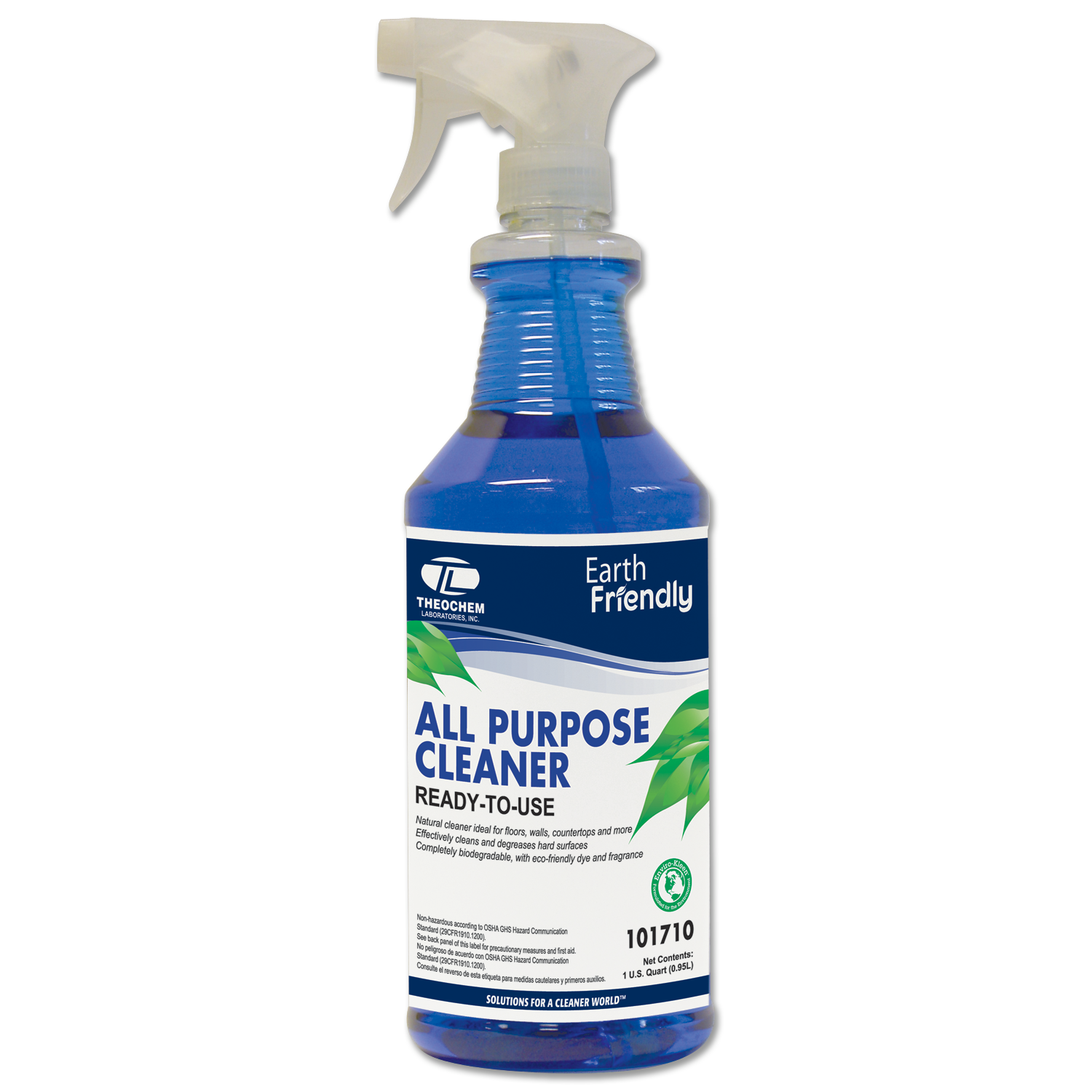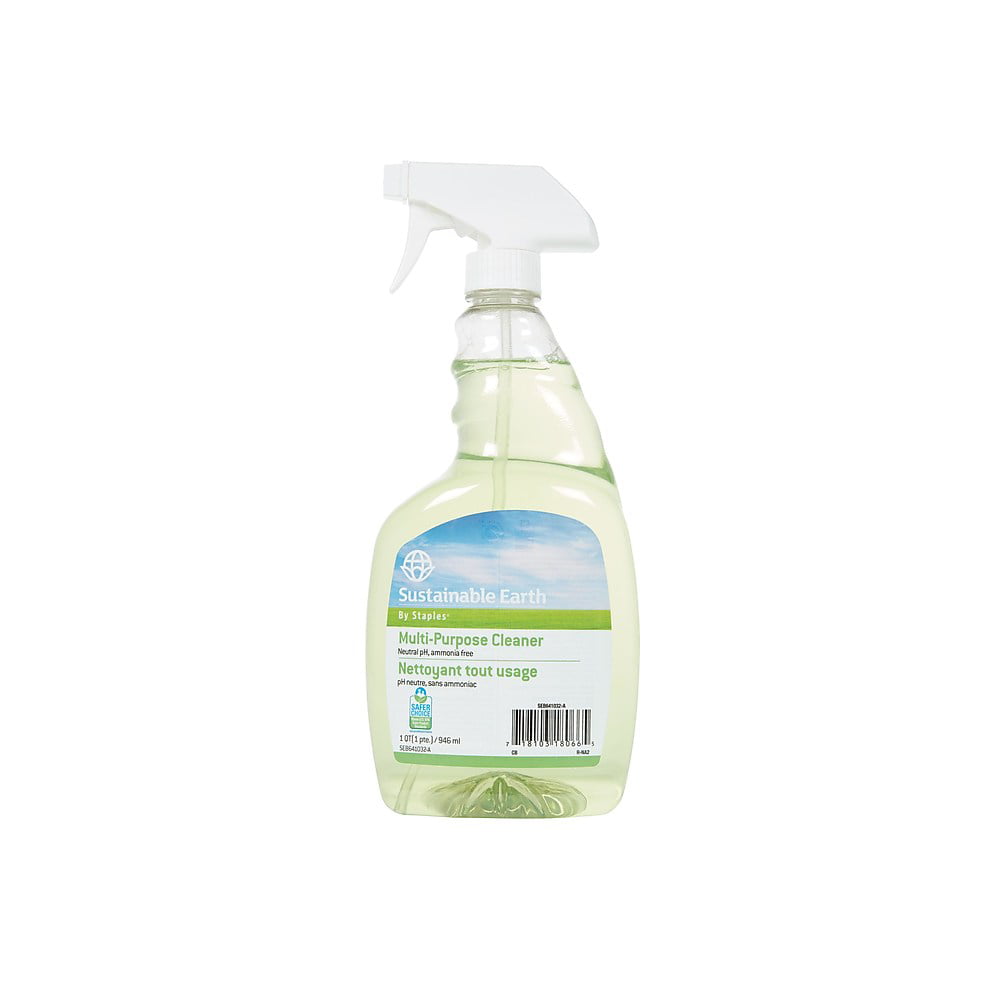

Although this term is not defined in law, and does not guarantee a fragrance free product, it usually indicates an unfragranced product, less likely to trigger sensitivities. Other than ‘fragrance free’, look also for ‘hypoallergenic’. The situation in the US is rapidly changing, with more transparency in fragrance declaration being demanded. Look for ‘parfum’, ‘fragrance’ or the obvious presence of essential oil.Īlthough other household detergents have less strict regulations regarding their labels, they do have to declare the presence of fragrances and fragrance allergens on packaging.

If none are listed, it does not necessarily mean the product is fragrance free, as other, non-26 fragrance components could be present (sandalwood, for instance, is free of them).

They are typically positioned last in a list of ingredients. The 26 must be declared when present in concentrations greater than 0.01% (wash-off products) or 0.001% (leave-on products). They include natural components of essential oils - such as eugenol, geraniol, and limonene - and artificial fragrance compounds - such as methyl 2-octynoate, butylphenyl methylpropional, and amyl cinnamal. In the EU, cosmetics regulations recognise 26 fragrance allergens. Estimates vary, but around 3% of us may have an allergy to one or more fragrance compounds commonly used in our toiletries, toothpastes, household cleaning agents, air fresheners, scented candles, and other consumer goods.


 0 kommentar(er)
0 kommentar(er)
